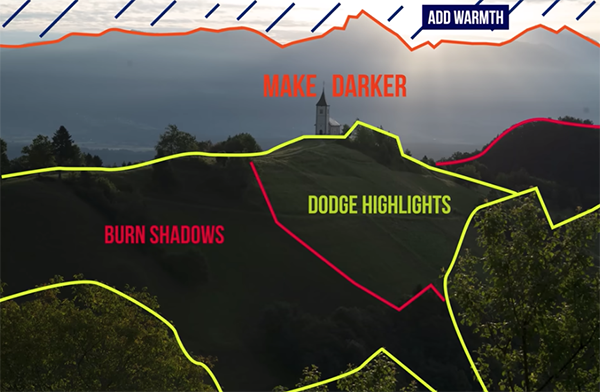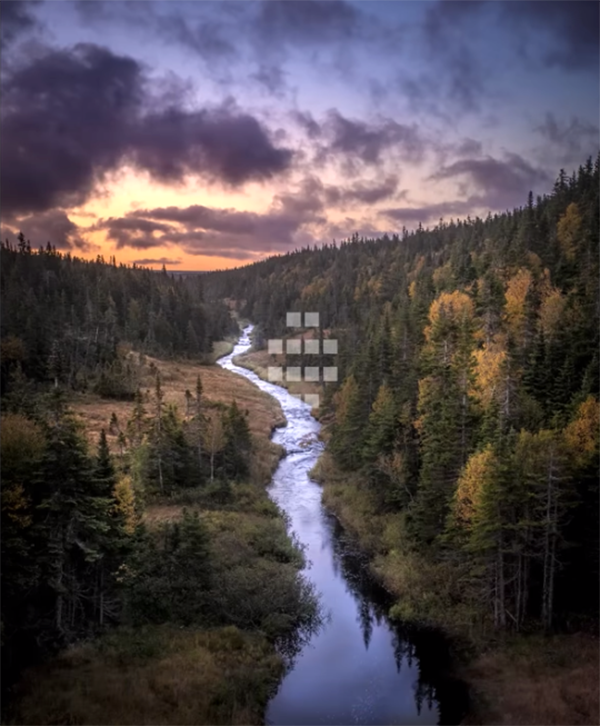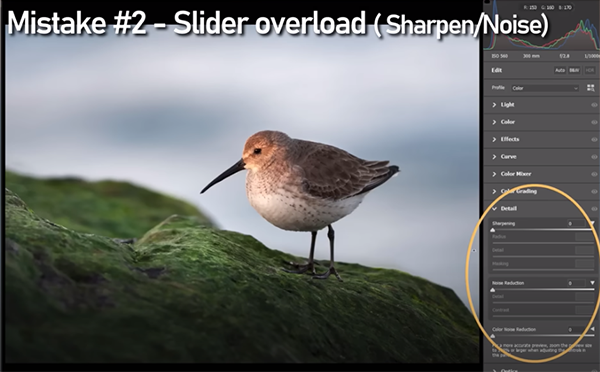The “Most Powerful Masks” for Editing Nature Photos (VIDEO)
Landscape photographers who don’t take advantage of Lightroom’s game-changing Range Masks are in for a big surprise today. That’s because this tutorial from the PHLOG photography YouTube channel demonstrates why these tools are the “most powerful masks” for maximizing the quality of just about any image captured in the field.
German pro Christian Mohrle is an internationally acclaimed landscape shooter and a favorite among Shutterbug readers who appreciate his clear and transformational tutorials. This episode demonstrates why adding Luminance and Color Range masking to your workflow is the best way to make sure that every photo you edit reaches its full potential.
You can follow along and mimic Mohrle’s process by downloading his sample Raw file with a link beneath the video. Before jumping into Range Mask techniques, Mohrle makes a few simple global adjustments so he has the best possible base image for the selective enhancements that follow. The first step is adjusting exposure to improve the lower half of the shot.

Other preliminary enhancements include dialing down highlights, opening the blacks, and adding Texture, Vibrance, Saturation, and Clarity—while slightly dropping Dehaze to create an “atmospheric effect.” The image now appears significantly approved and it’s time to apply the Range Mask magic.
These are selective adjustments (otherwise known as “local” enhancements), each of which are applied differently to various areas within the frame without affecting the image as a whole. Mohrle gently holds your hand while demonstrating how Lightroom’s Luminance Range Masks can easily turn a weak photo into a truly spectacular money shot.
Mohrle opens Lightroom’s Masking panel, clicks on Range, and selects a Luminance Range Mask. Then he turns his attention to the sky and gets to work. You’ll see how his initial imprecise mask changes for the better as he manipulates several tools. His goal here is to retain the interesting light rays spilling over the mountains without biasing other portions of the sky.

The lesson proceeds in similar fashion as Mohrle targets other areas within the scene on an “as-need basis.” You’ll quickly realize that this technique can be extremely useful for editing other editing types of images as well. The video concludes with a bit of sharpening and judicious color grading for an amazing transformation
Be sure to pay a visit to Mohrle’s instructional YouTube channel where you’ll find a wealth of landscape photography tips and techniques.
And don’t miss the recent tutorial we posted from another accomplished pro who demonstrates the correct way to dodge and burn landscape and nature photographs for perfectly balanced tones throughout the frame.








